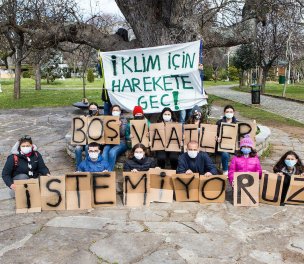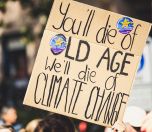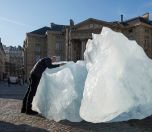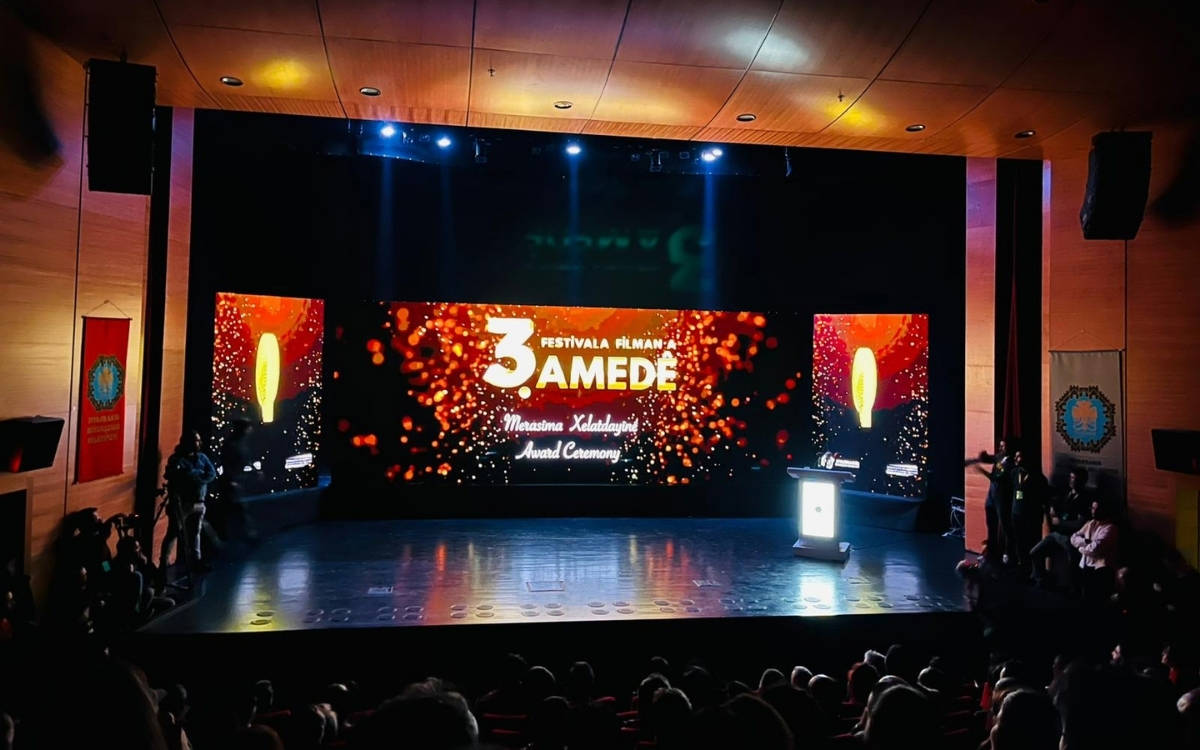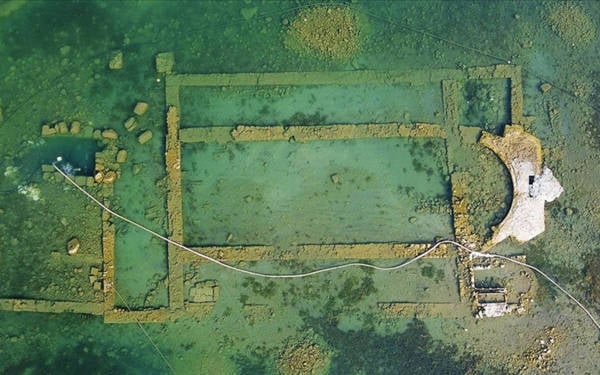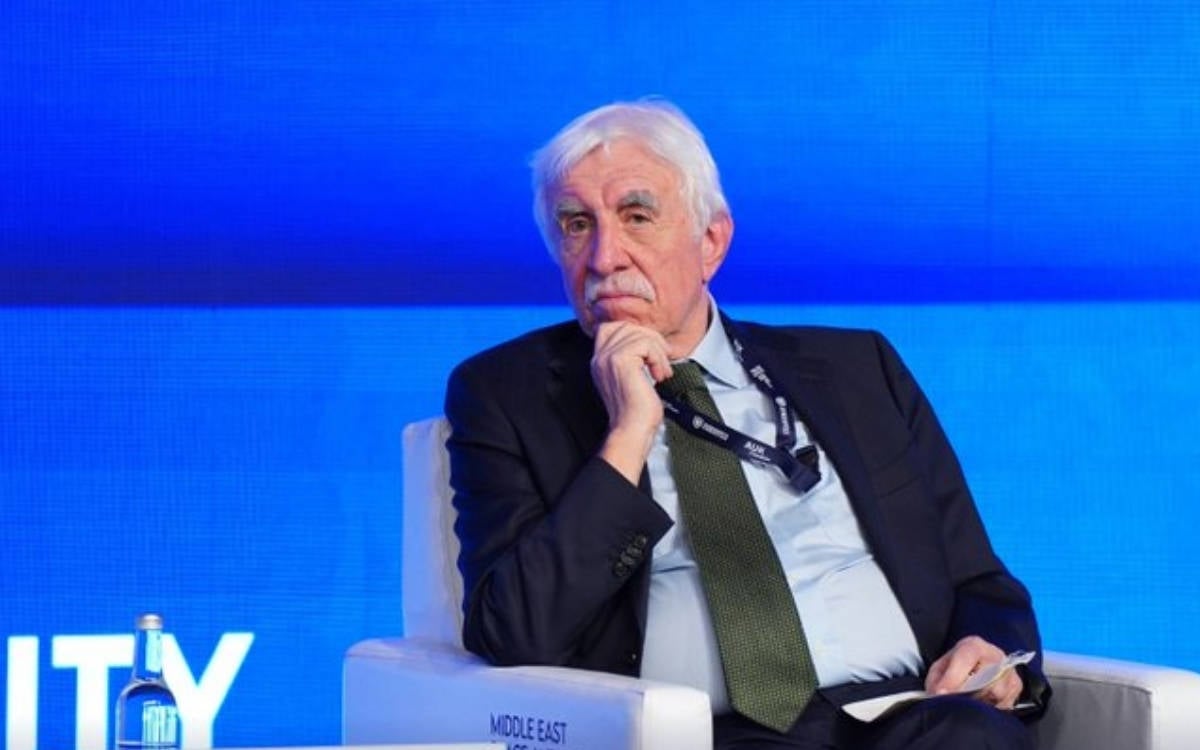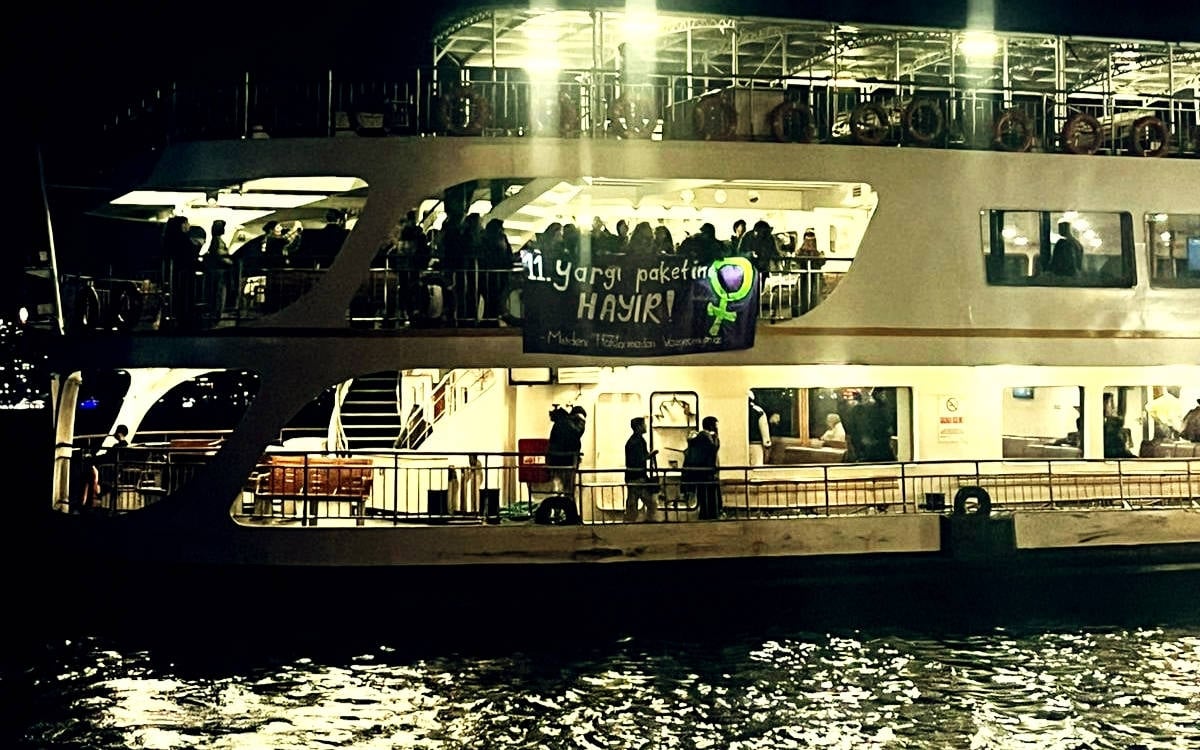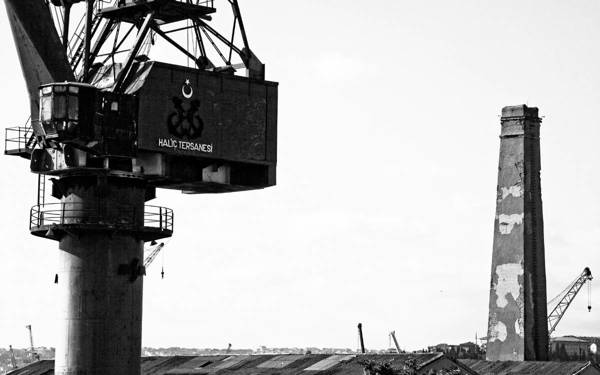Photos: Tuğçe Yılmaz/bianet
Click to read the article in Turkish
Rising sea temperatures, water scarcity in cities, more severe storms, agricultural decline, decreased summer and winter tourism, larger forest fires, drought, reduced river flows, and biodiversity loss, are just some of the many consequences of the climate crisis in Turkey.
"Climate," the primary concern of our planet in the phase of the sixth mass extinction caused by the Anthropocene epoch, also takes center stage at the Museum Gazhane, which aims to become Turkey's first public climate center.
Designed with this purpose in mind, the Climate Museum seeks to provide visitors with answers to questions such as what climate is, how and why it has changed throughout history, where and how carbon dioxide is dissolved in the atmosphere, what greenhouse gases are, and what major extinctions occurred in the past.
Through exhibitions and discussions, the Climate Museum closely follows the climate agenda and aims to raise awareness about solutions that will promote sustainable living conditions.
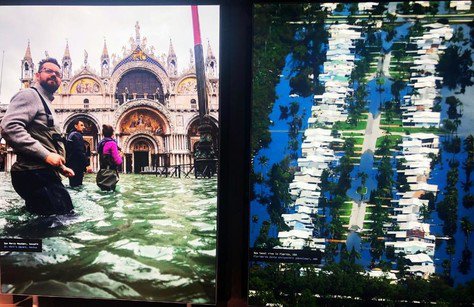
Visual and auditory works
The content of the Climate Museum, created by Prof. Dr. Levent Kurnaz and Dr. Ümit Şahin, is coordinated by the Cultural Assets Department of İstanbul Metropolitan Municipality (IMM). Visual and auditory project production is handled by Map Global, which is worth mentioning because these visual and auditory works hold critical importance in the museum.
The museum provides an easily accessible tour for everyone, presenting some information in-depth for adults while also making certain aspects appealing to children. For example, under the heading "major extinctions in the past," visitors can witness the existence of colossal dinosaurs.
One of the most interesting aspects of the museum's design is perhaps its tangible representation of the harsh realities of the climate crisis. After the introductory information in the first building, the second building confronts us with this stark reality. While the first building provides fundamental information about climate and weather differences, Earth's energy balance, and other aspects related to the climate crisis, the atmosphere changes in the second building.
Upon ascending a structure looking like a stool in the new building, visitors can watch the breakup of gigantic glaciers on a large screen while hearing the sound of ice breaking. Similarly, while watching a forest fire video, visitors can hear the cries of animals affected and displaced by the fire.
.jpg)
Scientists
As you progress, your understanding of the climate crisis expands with each step. In the second building, you come across the brief biographies of renowned scientists such as Irish physicist John Tyndall and Charles David Keeling.
Tyndall made significant contributions to various scientific fields, particularly atmospheric physics, heat transfer, and optics. In the 1850s, he conducted groundbreaking research on the passage of heat through various gases, liquids, and solids. He discovered that certain gases, such as carbon dioxide and water vapor, have the ability to absorb and trap heat. This work laid the foundation for our understanding of the greenhouse effect and its role in the climate crisis.
In addition to his scientific research, Tyndall was a successful mountaineer who embarked on numerous exploration trips to the Alps, where he conducted scientific experiments at high altitudes. He also played a significant role in popularizing science through public lectures and writings.
One of the most captivating stories featured in the museum is that of the Mauna Loa Observatory. Through a video, visitors bear witness to the history of the observatory and the carbon dioxide measurements initiated by Charles David Keeling (1928-2005) in 1958.
Charles David Keeling, an American scientist, used the carbon dioxide records from the Mauna Loa Observatory to provide compelling evidence supporting the possibility of anthropogenic contributions to the greenhouse effect and global warming, documenting the increasing levels of carbon dioxide.
.jpg)
The Keeling Curve
Through his measurements, Keeling revealed an intriguing pattern: a consistent increase in atmospheric carbon dioxide levels year after year. This pattern became known as the "Keeling Curve" and provided the first direct evidence of the impact of human activities, particularly the burning of fossil fuels and deforestation, on the Earth's climate system.
Keeling's findings and the Keeling Curve played a significant role in shaping our understanding of the climate crisis. His work highlighted the importance of long-term monitoring and laid the groundwork for future research on greenhouse gases and global warming.
The museum not only provides explanations of climate crisis concepts but also addresses key debates. One of the most notable debates is the source of the climate crisis. As stated in the museum, nearly all climate scientists (97-98%) who are actively researching the topic support the consensus on human-induced climate change. The remaining few (2-3%) either contain errors or cannot be replicated. Additionally, 45% of the public believes in the scientific consensus on the climate crisis.
.jpg)
Emissions and Socioeconomics
One of the most important discussions featured in the museum focuses on the contribution of socioeconomic segments to global carbon emissions. Supported by various maps and diagrams, the museum provides the following information:
- Individual carbon footprints resulting from consumption are higher in socioeconomically affluent segments of society.
- The top 10% wealthiest individuals in the world are responsible for half of global carbon emissions.
- The per capita carbon emissions of the top 1% are approximately ten times the global average, amounting to about 50 tons.
- China and the US are responsible for 42% of the annual global carbon dioxide emissions, with India also contributing significantly.
- China, the US, and India accounted for almost half of all global emissions in 2017.
- Turkey ranks 15th out of 195 countries in terms of annual carbon dioxide emissions, accounting for 1.2% of total emissions.
In addition to these topics, the museum highlights the role and significance of young climate activists in the fight against the climate crisis. It also provides insights into the position of climate migration and refugees within the climate struggle. The Climate Museum is open to the public free of charge, weekdays from 09:00 to 18:00 and weekends from 10:00 to 18:00.
Address of Museum Gazhane: Hasanpaşa, Kurbağalıdere Caddesi, İkbaliye Sokak, No: 39, Kadıköy/İstanbul.
(TY/VK)





.jpg)
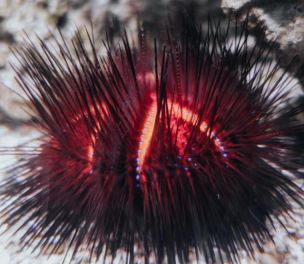
as.jpg)
